Neuroscience

Neurotransmitter receptors function via various G-protein coupled and G-protein independent mechanisms that activate downstream intracellular signaling pathways such as cAMP/PKA, PI3K/AKT, phospholipase A2, and phospholipase C pathways. For instance, dopamine receptors act through adenylate cyclase to activate PKA and other signaling molecules, thereby mediate gene expression through the actions of CREB and other transcription factors. Other neurotransmitters such as NMDAR or AMPAR are associated with ion channels that control flux of Ca2+ and Na+, thus propagating the action potential across the post-synaptic neuron.
Dysfunctions in GABAergic/glutamatergic/serotonergic/dopaminergic pathways result in a broad range of neurological disorders such as chronic pain, neurodegenerative diseases, and insomnia, as well as mental disorders including schizophrenia, bipolar disorder, depression, and addiction.
-
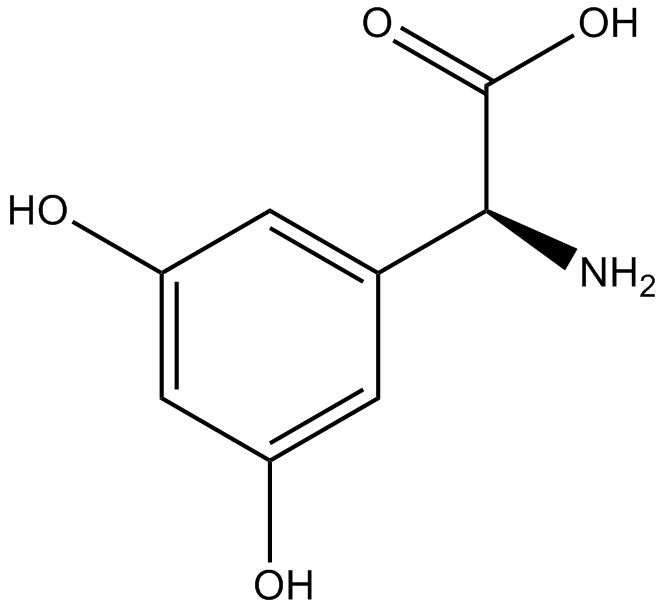 B6459 (S)-3,5-DHPGSummary: group I mGlu receptor agonist
B6459 (S)-3,5-DHPGSummary: group I mGlu receptor agonist -
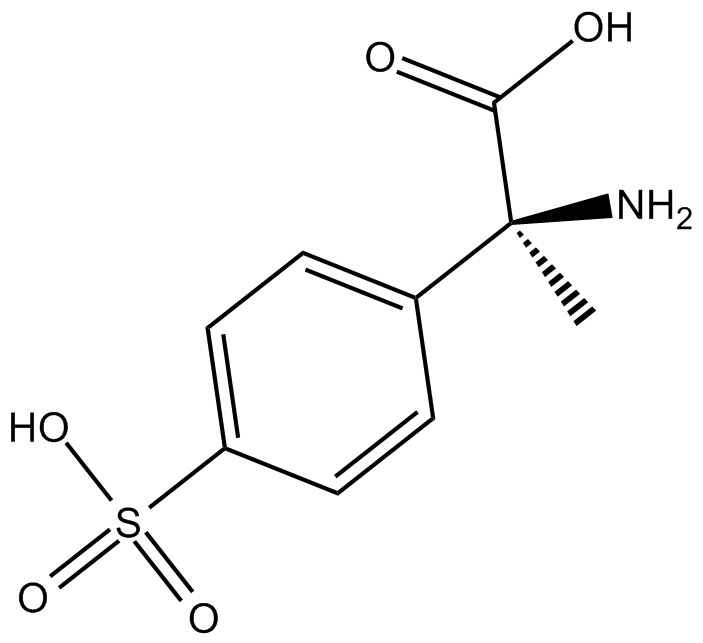 B6476 MSPGSummary: mGlu receptor antagonist
B6476 MSPGSummary: mGlu receptor antagonist -
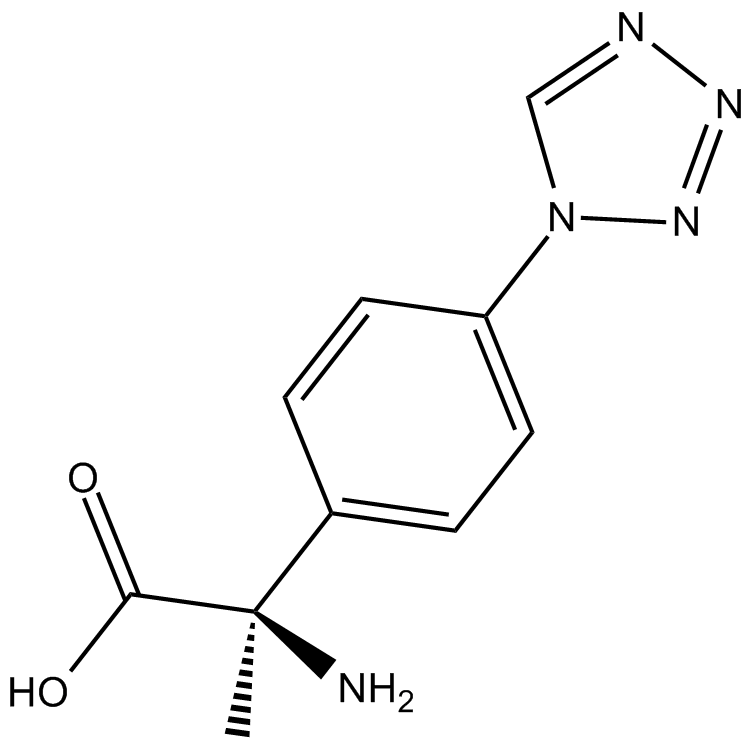 B6477 MTPGSummary: Group II/group III metabotropic glutamate receptor antagonist
B6477 MTPGSummary: Group II/group III metabotropic glutamate receptor antagonist -
 B6478 L-732,138Summary: tachykinin NK1 receptor antagonist
B6478 L-732,138Summary: tachykinin NK1 receptor antagonist -
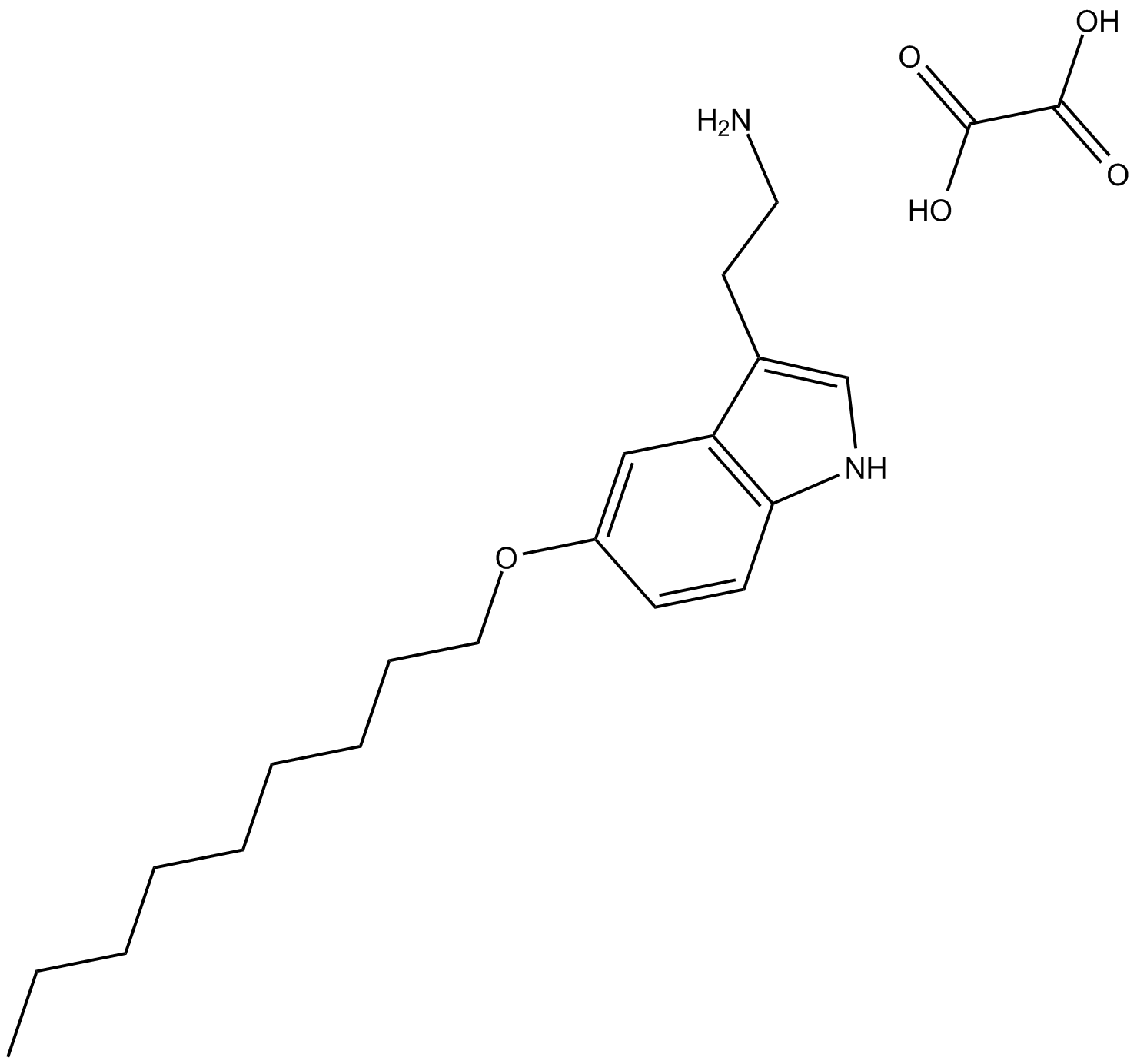 B6496 5-Nonyloxytryptamine oxalateSummary: 5-HT1B agonist
B6496 5-Nonyloxytryptamine oxalateSummary: 5-HT1B agonist -
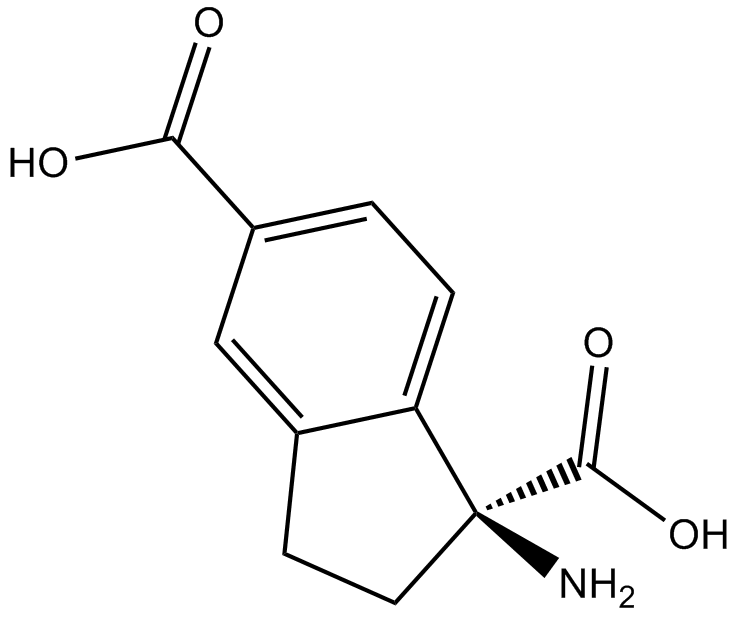 B6498 AIDASummary: group I metabotropic glutamate receptors (mGlu1a) antagonist
B6498 AIDASummary: group I metabotropic glutamate receptors (mGlu1a) antagonist -
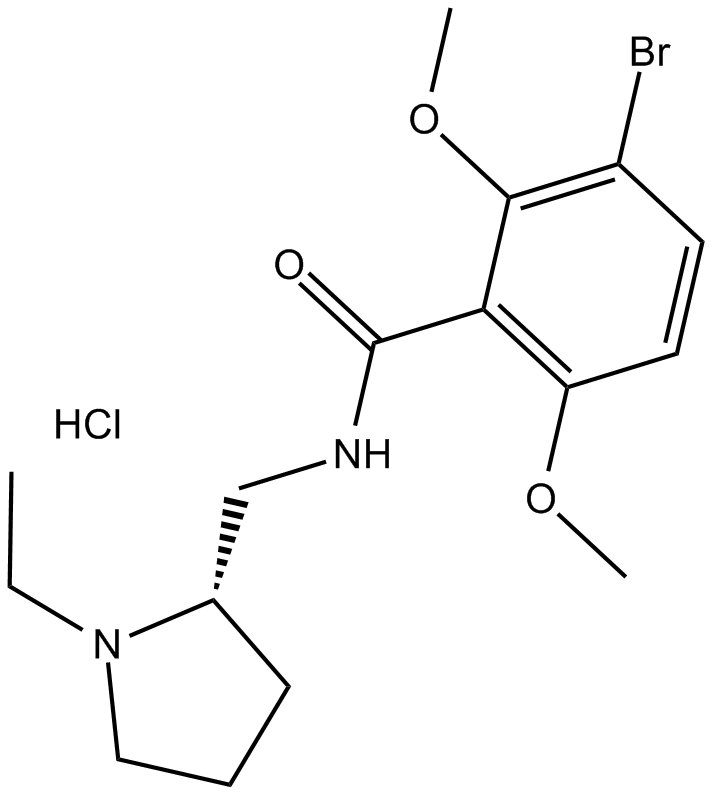 B6501 Remoxipride hydrochlorideSummary: Dopamine D2 receptor antagonist
B6501 Remoxipride hydrochlorideSummary: Dopamine D2 receptor antagonist -
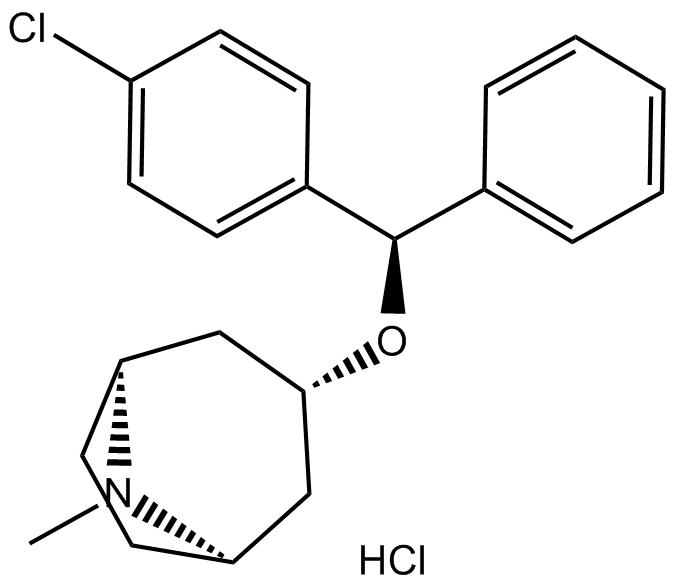 B6502 3-CPMTSummary: dopamine uptake inhibitor
B6502 3-CPMTSummary: dopamine uptake inhibitor -
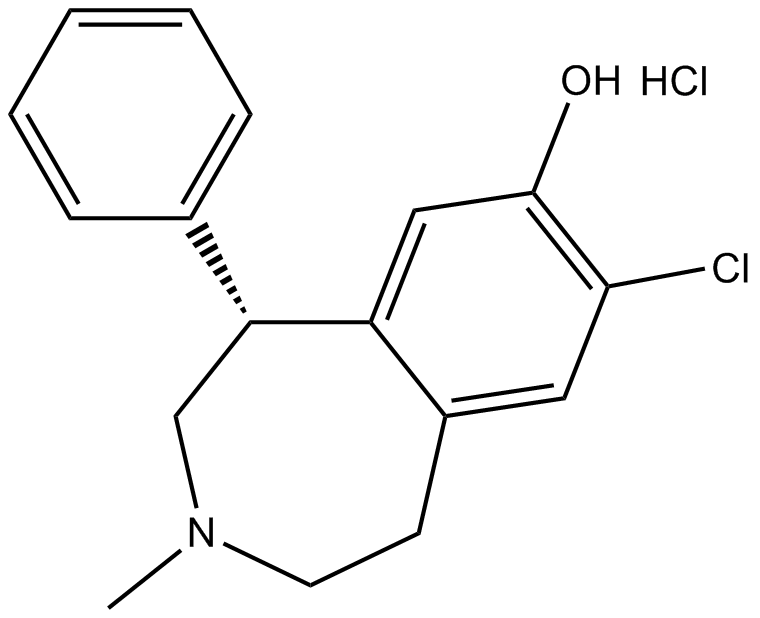 B6506 SCH 23390 hydrochlorideTarget: dopamine receptor|5-HT1 Receptor|5-HT2 ReceptorSummary: dopamine receptor antagonist
B6506 SCH 23390 hydrochlorideTarget: dopamine receptor|5-HT1 Receptor|5-HT2 ReceptorSummary: dopamine receptor antagonist -
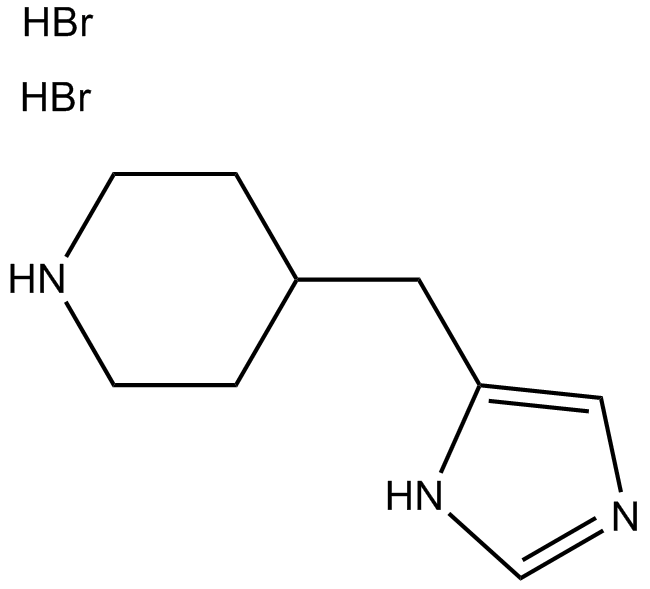 B6510 Immepip dihydrobromideSummary: histamine H3 receptor agonist
B6510 Immepip dihydrobromideSummary: histamine H3 receptor agonist

